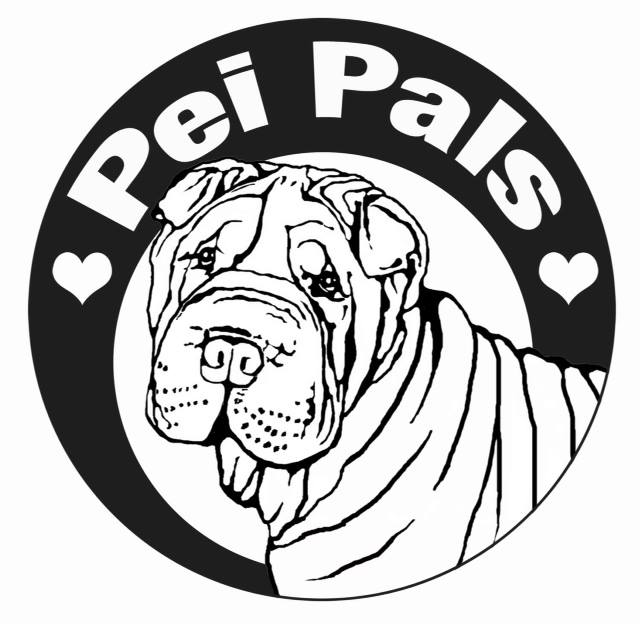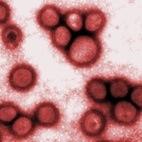Newsletter: Volume 11, Issue 1 November 2007
What’s new on the Shar-Pei front? I have not heard anything specific about the NIH (National Institute of Health) study involving FSF. The preliminary information a few months ago indicated the researchers were pretty close to identifying the genes responsible for FSF. Many thanks again to those of you who allowed blood sample for this study to be taken from your dogs. New information indicates FSF is an autoinflammatory disease and most likely represents an inflammatory response dysregulation problem — a problem involving messenger substances (cytokines, chemotactic factors), receptors, inflammatory mediators and cells involved in the inflammatory response. We are...




